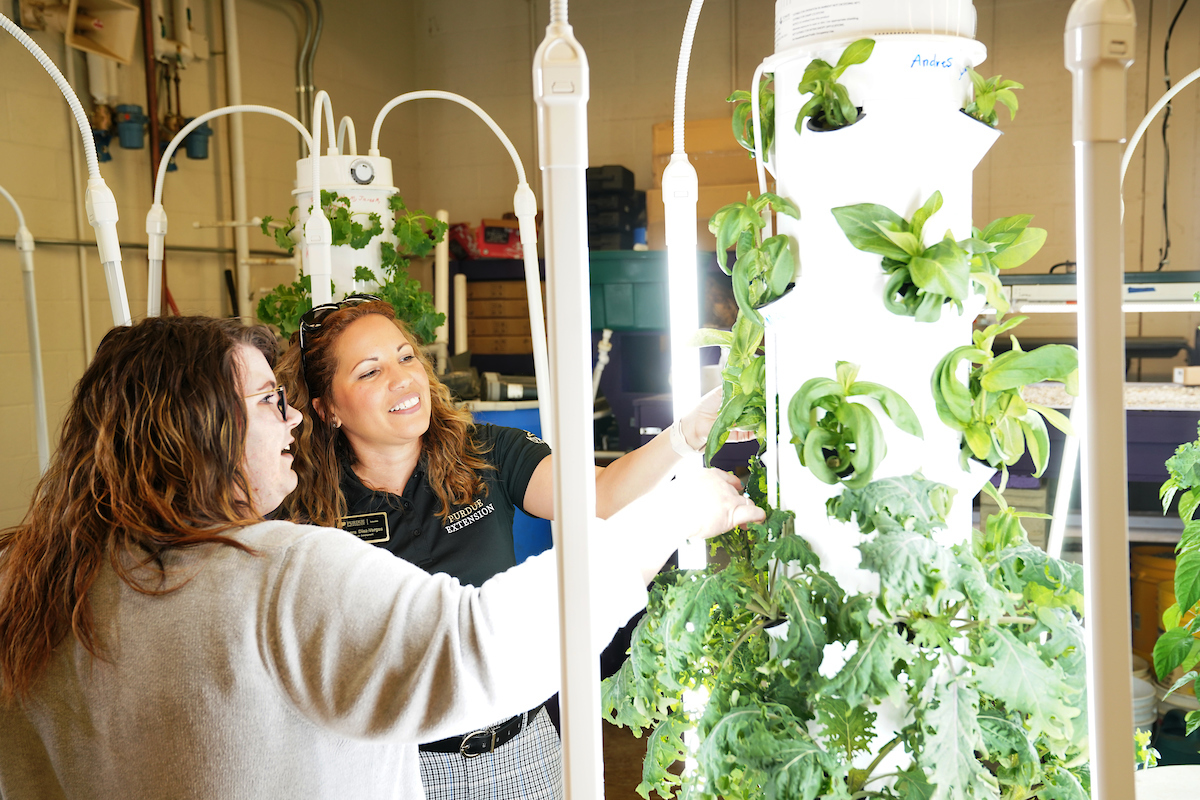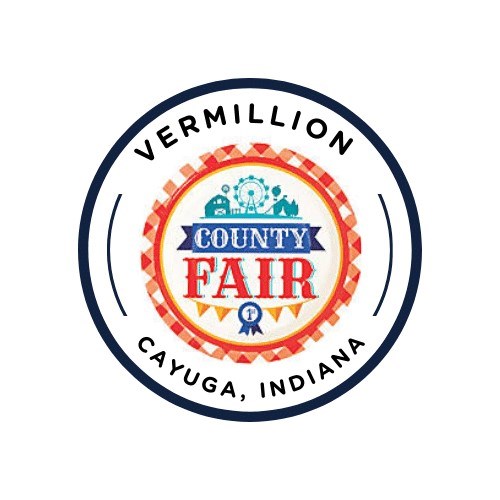Featured Stories

Family gift supports Purdue Extension and Indiana 4-H
Brothers Ronald Kent and John Kristopher Taylor shared a love of the outdoors and the...

Elevating Community Impact: Purdue Day of Giving Empowers County Initiatives
As Purdue University gears up for the exhilarating 24-hour online extravaganza, numerous Purdue...

Purdue workshop series to highlight hydroponics and greenhouse crop production
Home and commercial growers are invited to join the Purdue University Department of Horticulture...

2024 Open Class Book
This book contains rules and accepted projects that can be entered into the 2024 Vermillion...

Purdue Extension Crop and Weather Updates Going Public in 2024

Got Milk (Alternatives)? Program in May